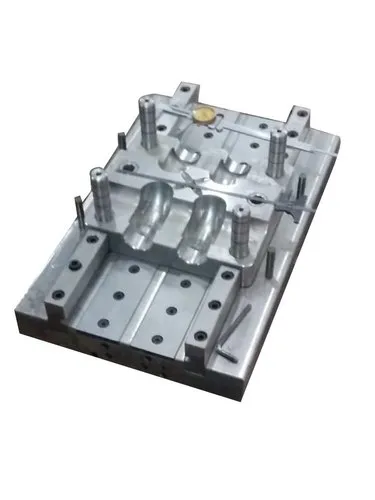Caps and closures are essential components in packaging, providing both functional and protective roles across various industries such as food and beverage, pharmaceuticals, cosmetics, and household products. The choice of material plays a critical role in determining the performance, sustainability, cost, and compatibility of the closure with the product and container. Below are the most common materials used:
1. Polypropylene (PP)
Properties:
Lightweight and durable
Good chemical resistance
High melting point (160–170°C)
Applications:
Widely used in food packaging and pharmaceutical caps
Suitable for products requiring sterilization
Often used for flip-top caps, screw caps, and child-resistant closures
2. Polyethylene (PE)
Includes: High-Density Polyethylene (HDPE) and Low-Density Polyethylene (LDPE)
Properties:
Flexible and resilient
Excellent moisture barrier
Good impact resistance (especially HDPE)
Applications:
Used in tamper-evident closures, spray caps, and flip tops
Common in dairy, personal care, and cleaning product packaging
3. Polyethylene Terephthalate (PET)
Properties:
High clarity and strength
Excellent chemical resistance
Recyclable
Applications:
Less common for caps themselves, but often used in preform threads or closures designed to match PET bottles
Used in beverage bottles and some specialty closures
4. Metal (Aluminum and Steel)
Properties:
Strong, tamper-evident
Excellent barrier to gases and light
Recyclable and often seen as premium
Applications:
Wine bottle closures (screw caps)
Crown caps for beer and soda
Metal lids for jars (e.g., twist-off food lids)
5. Thermoplastic Elastomers (TPE)
Properties:
Rubber-like flexibility
Soft-touch feel
Good sealing properties
Applications:
Used in liner materials or for added grip on overcaps
Enhances user comfort and sealing effectiveness
6. Polyvinyl Chloride (PVC)
Properties:
Excellent clarity and chemical resistance
Good sealing characteristics
Applications:
Used in shrink sleeves for tamper evidence
Occasionally in specialty caps, but less common due to environmental concerns
7. Phenolic Resin
Properties:
Rigid and heat-resistant
Chemically inert
Applications:
High-end closures for pharmaceuticals and chemicals
Often used with aluminum liners or rubber gaskets
Choosing the Right Material
Several factors influence the selection of material for caps and closures:
Product compatibility: Avoid chemical reactions with the contents.
Barrier properties: Prevent contamination or spoilage.
Cost-efficiency: Balance performance with budget constraints.
Sustainability: Growing preference for recyclable and biodegradable materials.
Design and usability: Consider ease of opening, resealing, and safety (e.g., child-resistant features).
Conclusion
The right choice of material for caps and closures ensures product integrity, enhances user experience, and supports sustainability goals. As packaging innovations continue to evolve, material science will play an even greater role in balancing functionality with environmental responsibility.


